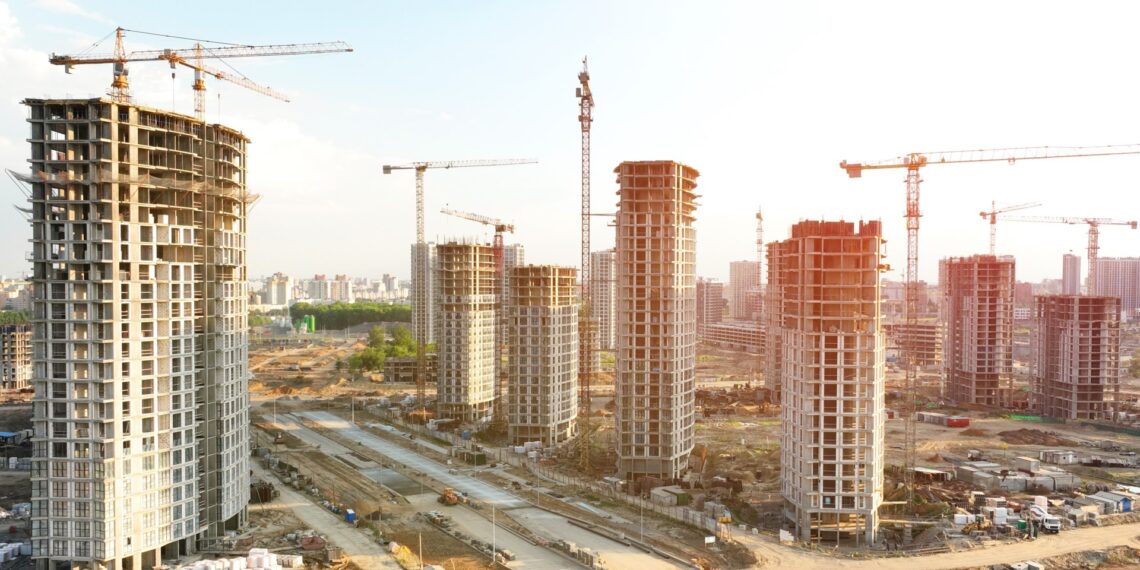No products in the basket.
Post-pandemic, ASEAN+3 property markets face declining prices and transactions, exacerbated by financial constraints, surplus inventory, and vulnerable developers. A dual strategy aims to stabilize property and financial sectors.
Mitigating Spillover Risks in ASEAN+3 Property Developer Financing
Following the pandemic, the ASEAN+3 property market experienced notable hurdles as property prices and transaction volumes plummeted, particularly in the Plus-3 economies comprising China, Hong Kong, Japan, and Korea. Factors such as stricter financial conditions, surplus inventory, China’s slow economic growth, and diminished buyer confidence contributed to these challenges. The downfall of major Chinese property giants, Evergrande and Country Garden, underscored vulnerabilities with possible repercussions on financial institutions. Meanwhile, outside ASEAN+3, both advanced and emerging market economies maintained relative stability despite facing issues in the commercial real estate sector in the US and certain areas in Europe.
Financial Vulnerabilities and Risks
The declining financial health of property developers in Plus-3 economies became evident between 2021 and 2023, with profitability and debt-servicing capabilities suffering significantly. Emerging key risks, such as refinancing, have added pressure as over 20% of bonds by ASEAN+3 developers are set to mature by 2025. Viewed as high risk, these “junk-rated” bonds pose an increased danger of default. The high leverage that supported growth during boom periods has now heightened financial risks due to rising interest rates and worsening market conditions, whereas ASEAN economies have been somewhat insulated from severe impacts.
Strategies to Mitigate Financial Instability
Mitigating risks in property developer financing demands a strategic dual approach. Initially, implementing measures to counteract negative market sentiment and prevent fundamentally sound firms from defaulting is crucial. Such strategies involve selectively supporting viable projects under temporary liquidity stress while cautiously applying demand stimulation policies adapted to the specific needs of each nation. Concurrently, fortifying the financial sector requires diversifying the business models of smaller banks and non-bank institutions, tightening regulatory scrutiny, and promoting responsible lending. Together, these efforts aim to stabilize both property and financial markets, fortifying resilience against future challenges.
Source: Mitigating Spillover Risks in ASEAN+3 Property Developer Financing
Discover more from Thailand Business News
Subscribe to get the latest posts sent to your email.













